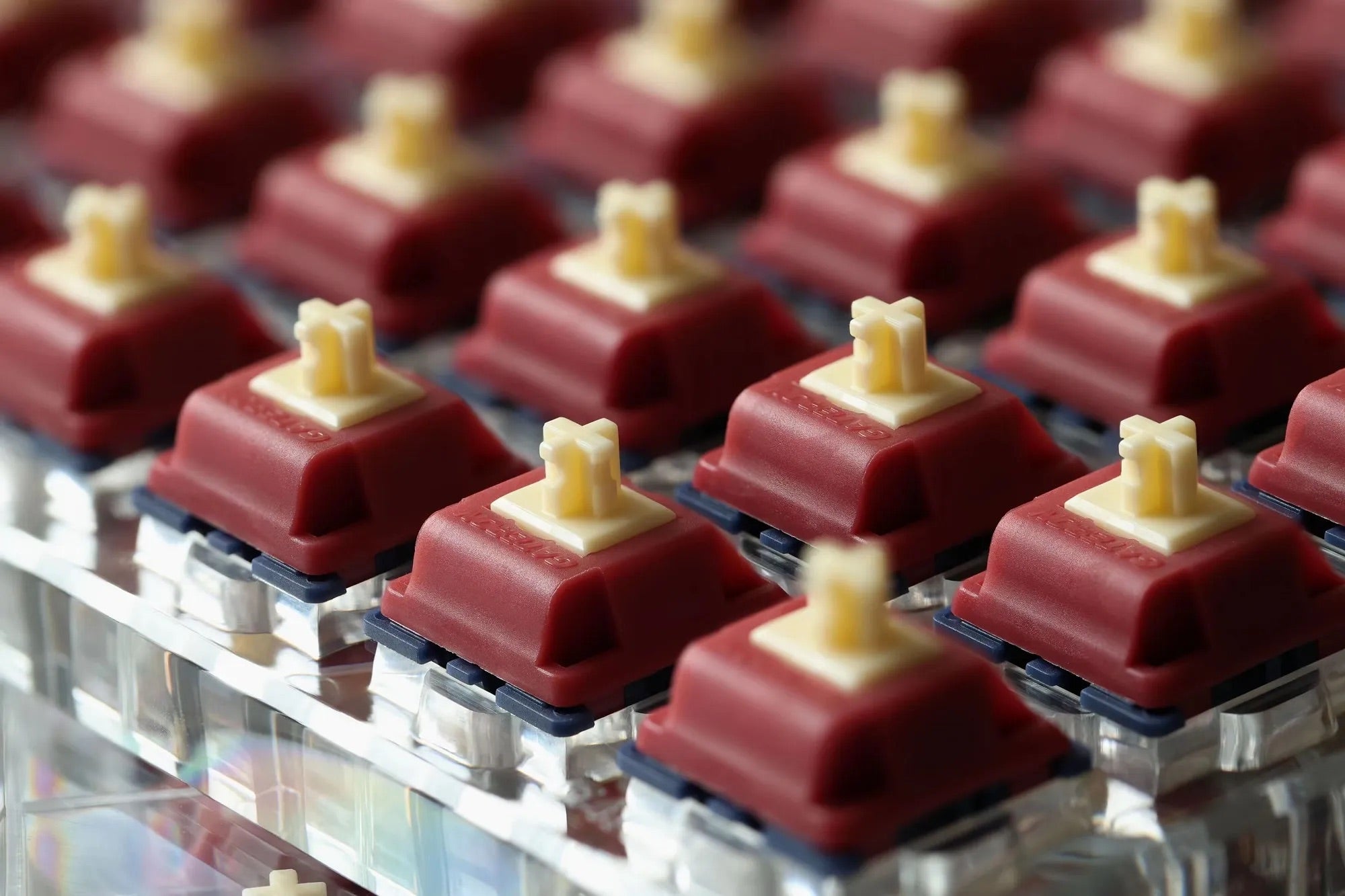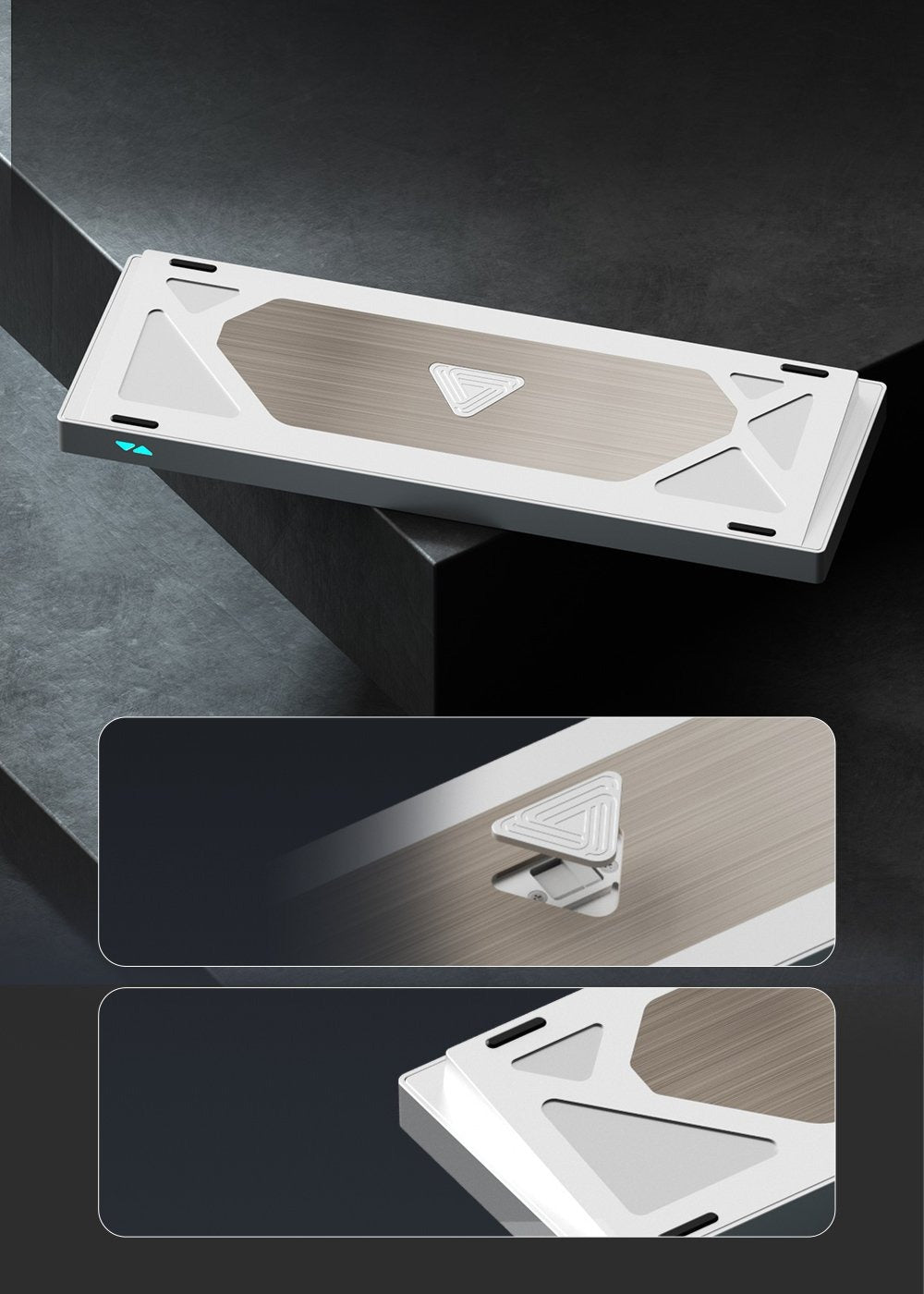Keyboard switches play a crucial role in determining typing speed, comfort, and overall productivity. Whether you’re a writer, programmer, or office worker, the right keyboard switches can enhance your efficiency and typing experience. But can they actually make you type faster? Let’s explore how different switch types influence productivity.
The Role of Keyboard Switches in Typing Performance
Keyboard switches are the mechanical components beneath each keycap that register keystrokes. They come in various types, each offering a unique feel and response time. The main factors affecting typing speed and productivity include:
-
Actuation Force – The amount of pressure needed to register a keypress.
-
Actuation Point – The distance a key must travel before input is registered.
-
Tactility – The feedback provided when a key is pressed.
-
Sound Profile – The noise level of keystrokes, which can impact concentration.
Understanding these factors helps in choosing a switch that aligns with your typing habits and work environment.
Types of Keyboard Switches and Their Impact on Productivity
1. Linear Switches
Linear switches provide smooth, uninterrupted keystrokes without tactile bumps or audible clicks. They are favored for:
-
Fast and consistent keystrokes.
-
Reduced finger fatigue during prolonged typing sessions.
-
Quiet operation, making them suitable for shared workspaces.
However, they may lead to accidental key presses due to the lack of tactile feedback.
2. Tactile Switches
Tactile switches offer a noticeable bump at the actuation point, providing feedback that a keypress has been registered. Benefits include:
-
Enhanced accuracy, reducing accidental keystrokes.
-
Balanced typing experience suitable for both work and gaming.
-
Moderate noise level, making them ideal for office use.
Tactile feedback can improve typing rhythm and efficiency, helping users maintain a steady pace.
3. Clicky Switches
Clicky switches have both tactile feedback and an audible “click” sound upon actuation. They are preferred for:
-
Clear feedback that ensures each keypress is registered.
-
Improved typing confidence and precision.
-
Satisfying typing experience for those who enjoy auditory feedback.
The downside is that they can be noisy, which may not be suitable for quiet environments.
Can the Right Switch Increase Your Typing Speed?
The right keyboard switch can significantly influence typing speed by optimizing key actuation and feedback. Here’s how:
-
Faster Actuation Points – Switches with shorter actuation distances can reduce typing effort and increase speed.
-
Reduced Finger Fatigue – Lighter actuation force can minimize strain, allowing for longer, more comfortable typing sessions.
-
Consistent Keystrokes – The right balance of tactility and smoothness can help maintain rhythm and accuracy.
While mechanical switches can improve efficiency, ultimate typing speed depends on individual technique, muscle memory, and practice.
Choosing the Best Switch for Your Workflow
When selecting a keyboard switch for productivity, consider the following:
-
Work Environment – Opt for quieter switches if working in an office or shared space.
-
Typing Habits – Choose switches that align with your preferred feedback and key resistance.
-
Comfort and Ergonomics – Lighter switches may reduce strain during long typing sessions.
Experimenting with different switches through switch testers or hot-swappable keyboards can help determine the best fit for your needs.
Conclusion
Keyboard switches play a vital role in shaping typing performance and overall productivity. While they can contribute to faster and more comfortable typing, the key to improved efficiency lies in selecting a switch that complements your workflow and preferences. Whether you prefer the smooth actuation of linear switches, the feedback of tactile switches, or the clicky response of clicky switches, the right choice can enhance your daily productivity and typing experience.






